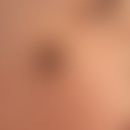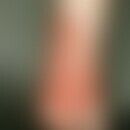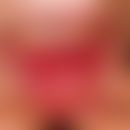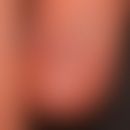Synonym(s)
HistoryThis section has been translated automatically.
Larrey, 1806; Holten, 1952
DefinitionThis section has been translated automatically.
Frequently in the context of a barbiturate intoxication (taking sleeping pills with suicidal intent) or overdoses of other drugs such as benzodiazepines, tricyclic antidepressants, blisters appearing at pressure or contact points in comatose patients (see also poisoning). In addition to overdosage of medication, metabolic disorders or infections can also be causally responsible.
You might also be interested in
Occurrence/EpidemiologyThis section has been translated automatically.
In about 4% of patients treated with barbiturates, more often in patients with barbiturate overdose. Also occurring in patients immobilised for longer periods and patients with neurological diseases of different genesis and different medication (opiates).
LocalizationThis section has been translated automatically.
ClinicThis section has been translated automatically.
HistologyThis section has been translated automatically.
TherapyThis section has been translated automatically.
Detoxification or omission of the triggering noxious agent. Wait for spontaneous healing within the first 1-2 weeks. External disinfecting solutions such as diluted potassium permanganate solution (light pink).
For large blisters, sterile puncture. Sterile dressing with gauze grid (e.g. Jelonet, Oleo-Tuell) or gauze grid with antiseptic additive, e.g. polyvidon iodine. S.a. Embolia cutis medicamentosa. Cave! Bacterial and mycotic secondary infections!
LiteratureThis section has been translated automatically.
- Arndt KA (2003) Bullae in comatose and non-comatose patients. Acta Derm Venereol 83: 236-237
- Holten C (1952) Cutaneous phenomena in acute barbiturate poisoning. Acta Derm Venerereol (Stockh) 321: 835-837
- Kato N et al (1996) Histopathology of cutaneous changes in non-drug-induced coma. Am J Dermatopathol 18: 344-350
- Maguiness S et al (2002) Coma blisters, peripheral neuropathy, and amitriptyline overdose: a brief report. J Cutan Med Surg 6: 438-441
- Mehregan DR et al (1992) Coma blisters in a patient with diabetic ketoacidosis. J Am Acad Dermatol 27: 269-270
- Sanchez Yus E et al (1993) Histopathology of cutaneous changes in drug-induced coma. Am J Dermatopathol 15: 208-216
- Taniguchi Y et al (1991) Multiple bullae and paresis after drug-induced coma. Acta Derm Venereol (Stockh) 71: 536-538
- Tsokos M et al (2002) Coma blisters in a case of fatal theophylline intoxication. At J Forensic Med Pathol 23: 292-294
Incoming links (6)
Barbiturate bubbles; Barbiturate intoxication; Barbiturates; Carbon monoxide poisoning; Coma bullae; Coma-bullae;Disclaimer
Please ask your physician for a reliable diagnosis. This website is only meant as a reference.




